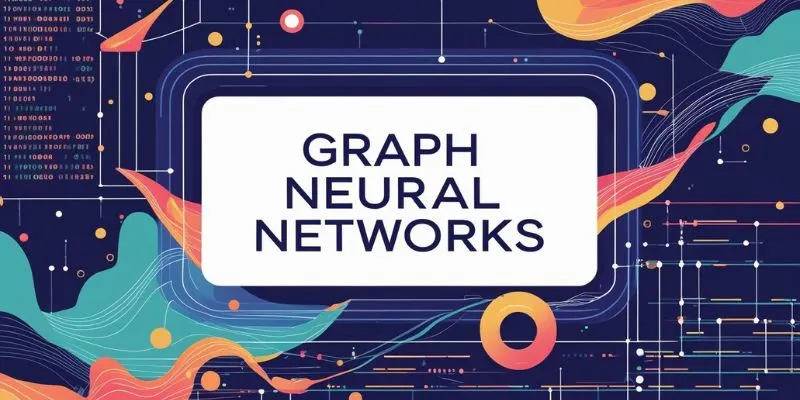
In data science, Graph Neural Networks (GNNs) have become a powerful tool for analyzing complex, interconnected data. Unlike traditional machine learning models, which handle grid-like or tabular data, GNNs are specifically designed to process graph-structured data, which consists of nodes (entities) and edges (relationships). This makes GNNs ideal for tasks in fields like social networks, bioinformatics, and recommender systems. If you’re looking to master these techniques, consider joining a Data Science Course in Ahmedabad at FITA Academy to deepen your understanding of GNNs and their applications.
What Are Graph Neural Networks?
A Graph Neural Network is a kind of neural network tailored to process graphs. In a graph, nodes represent entities, and edges represent relationships between those entities. GNNs work by iteratively aggregating information from a node’s neighbours, updating the node’s representation based on its local graph structure. This allows GNNs to learn complex relationships and dependencies within the graph, which traditional models cannot handle efficiently.
How Do GNNs Work?
The key mechanism in GNNs is message passing, where each node gathers information from its neighbours to update its own state. Over multiple iterations, this enables nodes to identify both local and global patterns in the graph. For example, in a social network, a user’s interests are influenced not just by their own preferences but also by their friends’ choices. GNNs capture these interactions by learning from both the individual node and its surrounding connections.
Applications of Graph Neural Networks
- Social Network Analysis
GNNs are used to model relationships on platforms like Facebook or Twitter, where users are nodes, and connections (e.g., friendships or follows) are edges. GNNs can predict user behaviour, recommend new friends, or detect communities within the network. If you’re interested in mastering GNNs and other advanced data science techniques, consider enrolling in a Data Science Course in Jaipur to enhance your skills and boost your career.
- Recommender Systems
In e-commerce or media, GNNs analyze interactions between users and items, creating personalized recommendations. For instance, in movie recommendations, GNNs capture complex relationships between users, genres, and ratings to suggest relevant content.
- Drug Discovery
GNNs are also making waves in bioinformatics by modelling molecular structures as graphs, with atoms as nodes and bonds as edges. They help predict the properties of molecules, such as toxicity or efficacy, speeding up drug discovery and development.
- Fraud Detection
Financial transactions form a natural graph, with accounts as nodes and transactions as edges. GNNs can identify anomalous patterns or fraudulent activities by examining the network structure of financial transactions.
Benefits of Graph Neural Networks
- Handling Complex Relationships
GNNs excel at working with interconnected data, capturing nuanced relationships that other models may miss. This makes them ideal for tasks involving social connections, supply chains, or biological data.
- Scalability
While graphs can be large and complex, GNNs have become increasingly scalable, with techniques such as graph sampling enabling them to handle large datasets efficiently.
- Improved Predictions
By leveraging relational data, GNNs typically provide more accurate predictions for tasks such as node classification and link prediction, especially in domains like recommender systems and fraud detection.
Challenges in GNNs
Despite their strengths, GNNs face challenges, such as over-smoothing (where node representations become too similar after multiple layers) and scalability when handling very large graphs. Moreover, GNNs are often considered “black boxes,” making it hard to interpret how they make decisions, which is a barrier in high-stakes fields like healthcare.
Graph Neural Networks are a game-changer in data science, offering a powerful way to analyze and understand data with complex relationships. Their ability to capture dependencies between nodes and edges has made them invaluable for industries like social media, healthcare, and finance.
While there are challenges to overcome, the future of GNNs looks promising, and mastering them is becoming increasingly important for data scientists. If you want to dive deeper into GNNs and other advanced techniques, consider enrolling in a Data Science Course in Pune to enhance your expertise and advance your career.
Also check: What is Deep Learning and How Does It Fit into Data Science?
